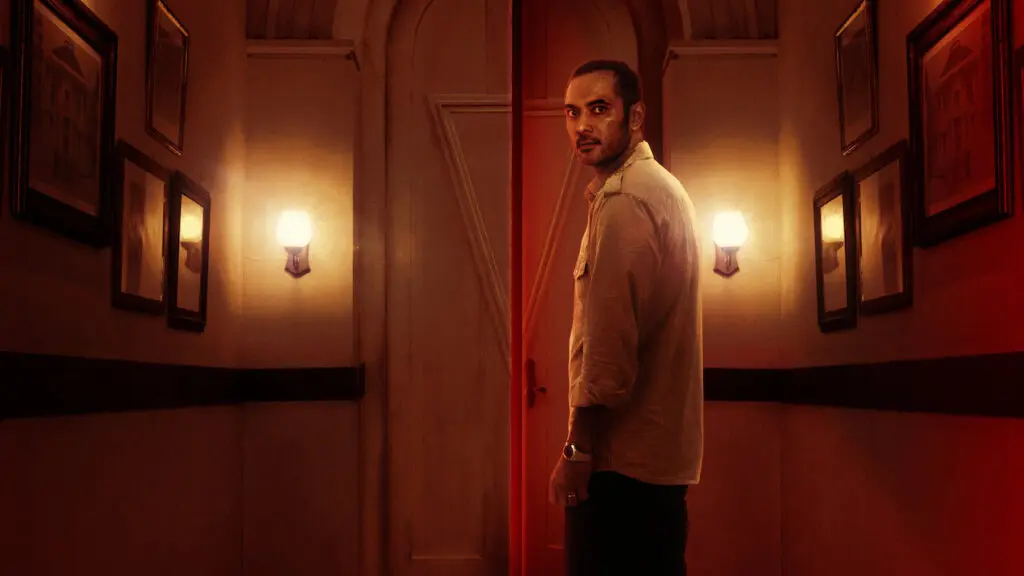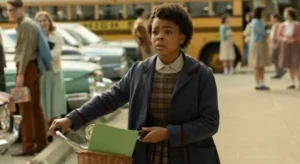Summary
Joko Anwar’s Nightmares and Daydreams is an ambitious and effective horror anthology that shouldn’t be missed by genre fans.
Indonesian film and TV is the most underrated in the world, for my money, and Joko Anwar proves it in Nightmares and Daydreams, an ambitious seven-part horror anthology for Netflix that feels like Guillermo del Toro spent too long holidaying in Jakarta.
The filmmaker behind such jovial fare as Satan’s Slaves and Impetigore has assembled a superstar tag team of Indonesian talent for the project, which fronts as a disconnected collection of horror and sci-fi tales but gradually reveals a smarter and more deceptively entwined world than first appeared.
While it’s my job to watch and write about Netflix releases, it’s stuff like this that reminds me how important an accessible global streaming platform is. There was a time when you’d never see anything like this anywhere, let alone on your TV at home. Anwar is smart enough to recognize the opportunity for furthering the nation’s creative industry by putting its best foot forward in a genre and format that has historically – see the aforementioned del Toro’s Cabinet of Curiosities on the same platform – proven popular.
At risk of repeating myself, you know where you stand with an anthology. Quality will always be variable, creative swings will always be big, some stuff will work and some stuff won’t. But there’s a high hit rate in Nightmares and Daydreams, which spans 40 years of Indonesian history across seven self-contained episodes all set in Jakarta.
Anwar wrote and directed “Old House”, the premiere, about a taxi driver committing his aging mother to an exclusive nursing home. A throwback to classic old-school horror like The Shining, it segues nicely into a shorter tale about an orphan child who might be a meal ticket for an impoverished couple.
This theme of financial motivations and difficulties is prominent throughout the collection, which often tries to reckon with Indonesian wealth disparity and economic upheaval. The specificity of the setting undeniably adds something, not just to each individual story but to the anthology as a whole, which gradually teases and reveals connections beyond mere circumstantial or thematic similarities.
It’s hard to do this. People wouldn’t think so, but you can tell by how often it’s done badly. You can’t allow an overarching point to distract from the moment-to-moment pleasure, but you have to develop ideas beyond the obvious. Anwar gets away with it on the strength of his ambition but also as a true provider of genre thrills. The collection’s brilliance might be visible in its totality, in the broad sweep of every story in relation to the others, but it’s also evident right there in each individual short.
Fellow directors Tommy Dewo, Randolph Zaini, and Ray Pakpahan rise to the challenge of matching Anwar’s audacious storytelling style, and Nightmares and Daydreams is a real treat for those who like to keep an eye on a nation’s emerging creative talent. But it all works on an accessible mainstream level, despite being so intimately tied to Indonesian culture and history. The things we’re afraid of tend to be universal, as are the kinds of relationships we form, the temptations we face, and the terrors both real and imagined that we grapple with daily.
Genre fans are offered a rich banquet here. Tuck in.
RELATED:




